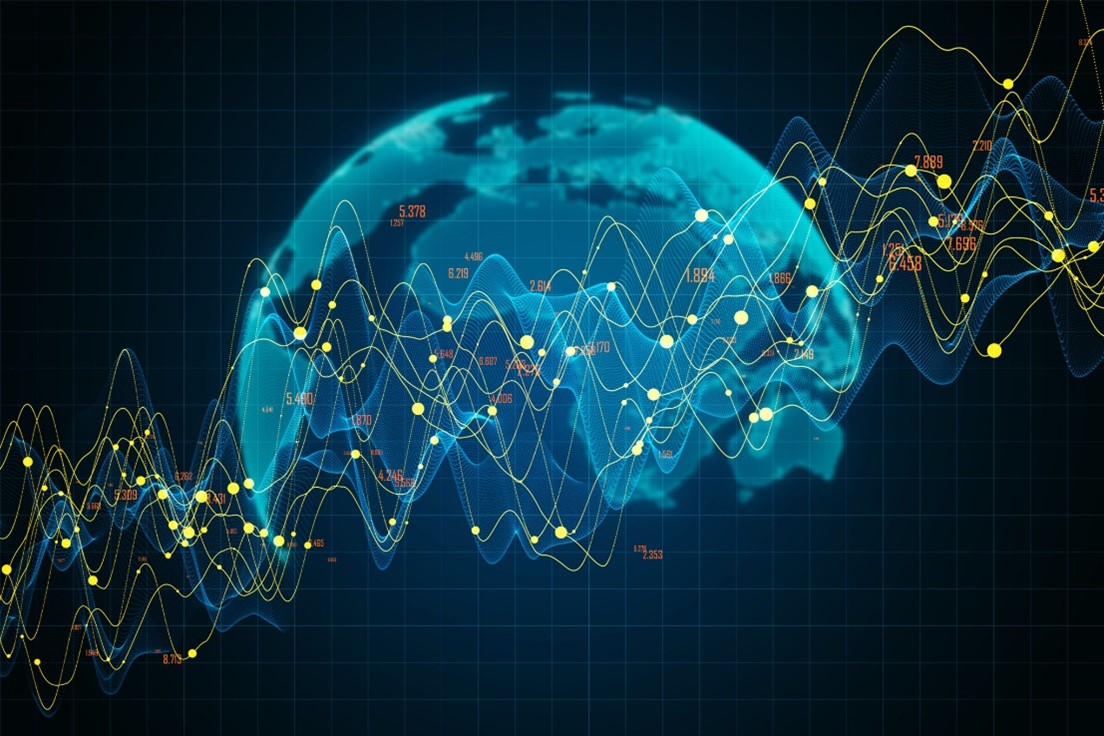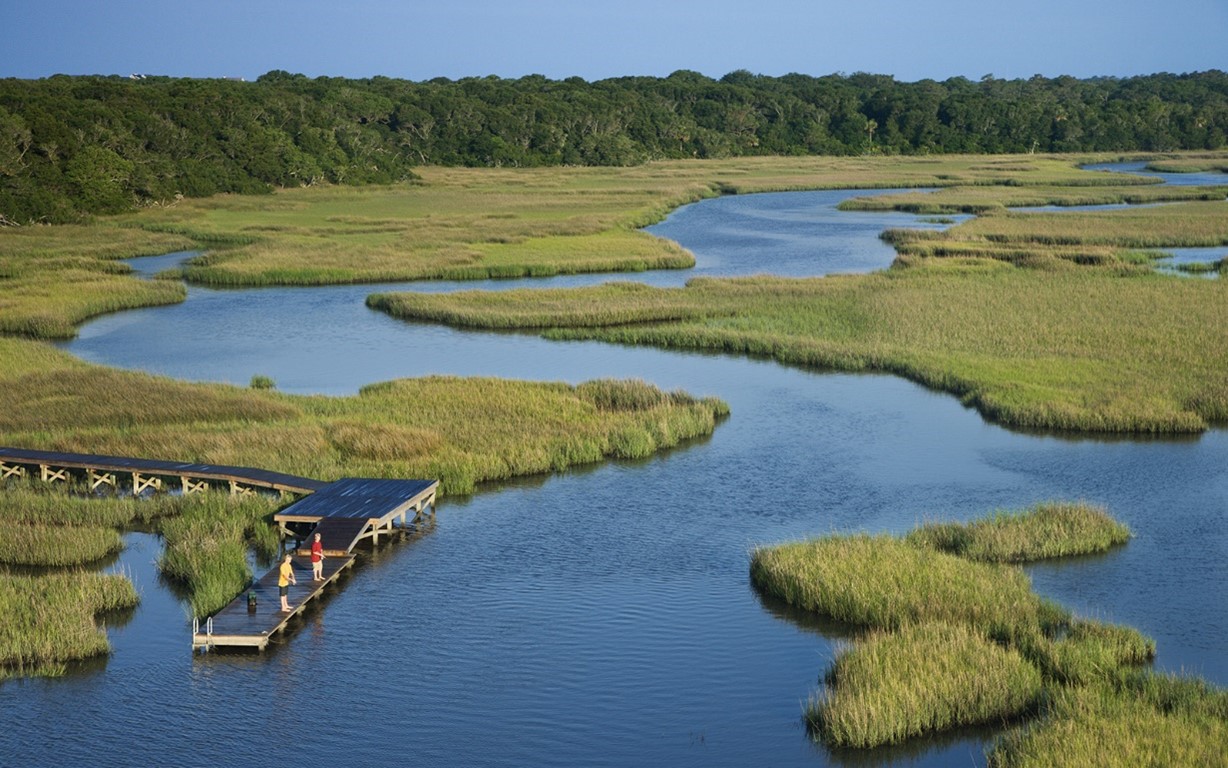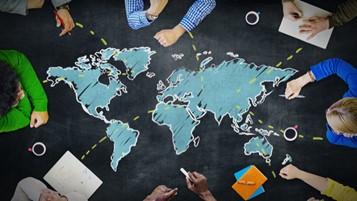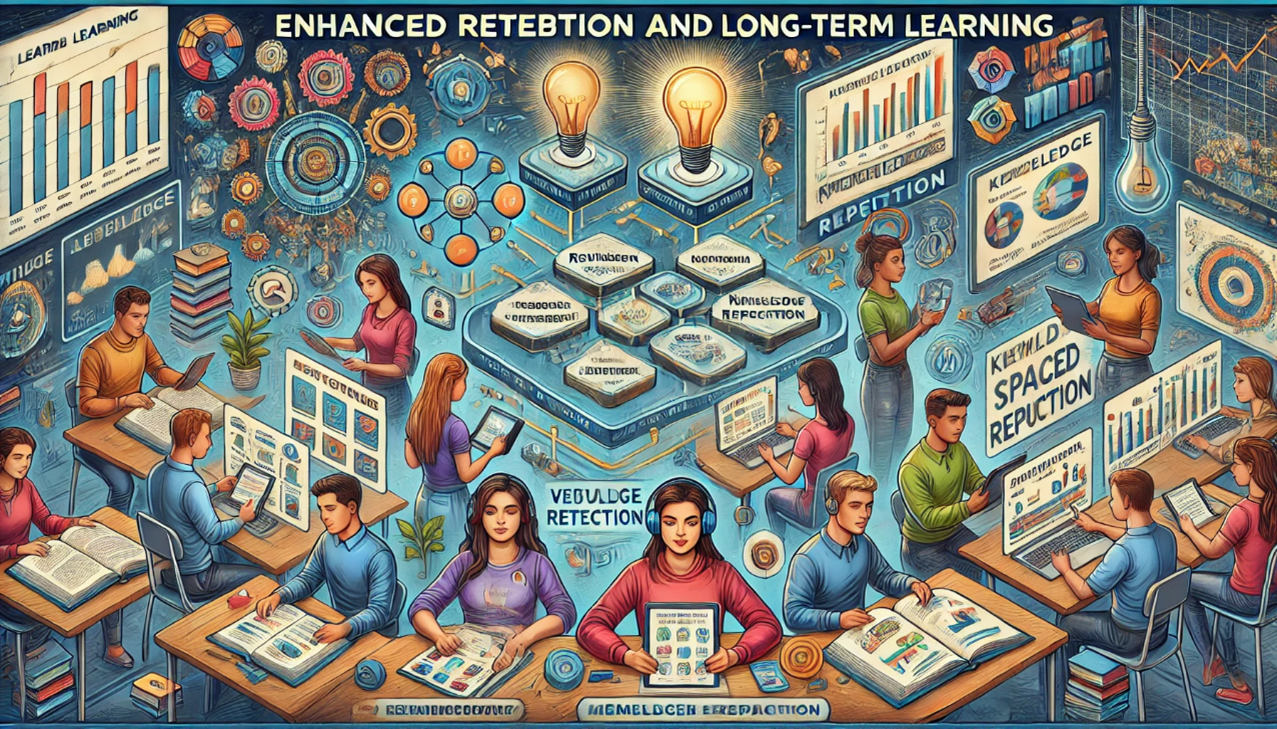What are the long-term consequences of melting ice caps and rising sea levels?

What are the long-term consequences of melting ice caps and rising sea levels?
by Maximilian 02:48pm Jan 08, 2025

The long-term consequences of melting ice caps and rising sea levels are far-reaching and can significantly impact both natural ecosystems and human societies. These changes are driven by global warming and are expected to continue for centuries. Here's a breakdown of the long-term effects:
1. Loss of Coastal Land and Habitat:
Flooding of Coastal Areas: As sea levels rise, low-lying coastal regions are increasingly vulnerable to flooding. This can result in the loss of valuable land, including cities, agricultural areas, and natural habitats like wetlands and mangroves.
Displacement of Populations: Coastal communities, particularly in countries with large populations living near the coast (e.g., Bangladesh, island nations like the Maldives), face the threat of displacement. Rising sea levels could lead to millions of climate refugees as people are forced to leave their homes due to flooding and saltwater intrusion into freshwater supplies.
Loss of Biodiversity: Coastal ecosystems, such as mangroves, salt marshes, and coral reefs, are crucial for biodiversity. These areas provide breeding grounds and protection for many marine species. Rising sea levels and coastal erosion threaten these ecosystems, leading to the loss of critical habitats for both terrestrial and marine life.

2. Disruption of Freshwater Resources:
Saltwater Intrusion: As sea levels rise, saltwater can intrude into freshwater aquifers, contaminating drinking water supplies. This is particularly concerning for island nations and coastal cities that rely on underground freshwater sources.
Reduced Availability of Freshwater: In some areas, the melting of glaciers and ice caps is a primary source of freshwater. As glaciers shrink, they may provide less water to rivers and lakes, impacting drinking water supplies, irrigation, and hydroelectric power generation.
3. Climate Extremes and Extreme Weather:
Increased Storm Surges: Rising sea levels amplify the effects of storm surges, making coastal storms and hurricanes more destructive. The combination of higher sea levels and more intense storms could lead to greater damage to infrastructure, property, and lives.
Changing Weather Patterns: Melting ice caps can alter atmospheric circulation patterns, leading to shifts in weather systems. This could result in more extreme weather events, such as heatwaves, droughts, and heavy rainfall, which would affect agriculture, water resources, and ecosystems.

4. Disruption of Global Ocean Currents:
Changes in Ocean Circulation: Melting ice, especially in the Arctic, can disrupt the global thermohaline circulation, which regulates ocean currents and helps distribute heat around the planet. This could lead to changes in climate patterns, including colder temperatures in some regions and hotter conditions in others.
Impacts on Marine Ecosystems: Altered ocean currents can affect marine species that rely on stable conditions for migration, feeding, and breeding. This could lead to shifts in fish populations and disruptions to global fisheries.
5. Impact on Agriculture and Food Security:
Flooding of Farmlands: Coastal farmland and low-lying agricultural regions are at risk of flooding. Saltwater intrusion can make soils less fertile, reducing crop yields. This could lead to food shortages and economic losses, particularly in countries with large agricultural sectors.
Disruption of Fisheries: The rising sea levels and the warming of oceans can affect fish stocks by changing migration patterns and the availability of food for marine species. This can disrupt global fisheries and the livelihoods of those dependent on them.
6. Global Economic Impact:
Damage to Infrastructure: Coastal cities and infrastructure (e.g., ports, roads, airports) are highly vulnerable to rising sea levels. The cost of building protective barriers, relocating communities, and repairing damage will be immense, placing a financial burden on governments and economies.
Loss of Tourism: Popular coastal destinations and natural wonders like the Great Barrier Reef may be affected by rising sea levels and the loss of natural beauty. This could harm local economies that depend on tourism.

7. Feedback Loops and Accelerated Climate Change:
Albedo Effect: As ice melts, darker ocean and land surfaces are exposed, which absorb more heat than ice. This process, known as the albedo effect, can accelerate global warming, leading to further ice melt and higher sea levels in a feedback loop.
Release of Methane: The thawing of permafrost in polar regions could release large amounts of methane, a potent greenhouse gas, into the atmosphere. This would further exacerbate global warming and contribute to a cycle of climate change.
8. Global Political and Social Challenges:
Climate Migration and Conflict: The displacement of large populations due to rising sea levels and extreme weather could lead to political instability, migration crises, and potential conflicts over resources, such as water and land.
International Cooperation: Rising sea levels and the impacts of climate change are global issues that require coordinated international efforts to mitigate and adapt. Countries that are more vulnerable to these effects may require financial assistance and support from wealthier nations.

Conclusion:
The long-term consequences of melting ice caps and rising sea levels are complex and interlinked. They threaten ecosystems, human societies, and the global economy. While the exact extent and timeline of these changes are still uncertain, the ongoing trends emphasize the need for immediate action to reduce greenhouse gas emissions, protect vulnerable communities, and adapt to the changes already underway.






